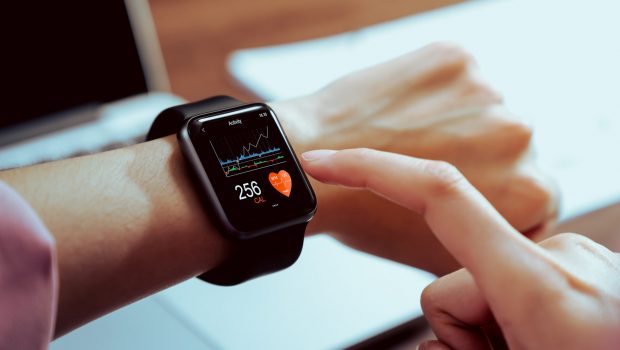Innovation in Healthcare and Wearable Technology
The healthcare industry, like all industries, is experiencing a significant shift in patient care with recent technological advancements. Especially with the increased demand for remote healthcare and telemedicine sparked by the onset of the pandemic in 2020. Wearable technology is gaining more traction and providing more solutions. Yahoo Finance reported that the industry of wearable devices in healthcare has grown from “$123.0 billion in 2021 to $151.68 billion in 2022. The global wireless healthcare market share is expected to grow to $313.20 billion in 2026 at a CAGR of 19.87%.”
Mainstream wearables include fitness trackers, like Fitbit and Apple Watches, that record general lifestyle habits and are becoming a part of patient history and analysis for physicians. We understand wearables as small electronic devices that are placed on the body and measure temperature, blood pressure, blood oxygen, breathing rate, sound, GPS location, elevation, physical movement, changes in direction, and the electrical activity of the heart, muscles, brain, and skin. These sensors promote the transformation of healthcare from a hospital-centered model to a personal device-centered model. The need for real-time, multi-functional, and personalized monitoring of individuals provides significant space for improved patient care and patient quality of life.
Kevin Stevenson, host of I Don’t Care on MarketScale, focuses on wearable ECG Monitors. “[Those are] really good for people with heart conditions. For people who experience different episodes of their heart throughout their day, week, month. [The ability to] record and share it with your physician in real-time, That record in real-time will be very very helpful for your physician in diagnosing and treating you.”
The advancement of this technology provides an opportunity for patients to move from an extended hospital stay to comfortably and economically recover at home, according to a March 2022 article from Forbes. Care teams can continue to provide treatment to patients in real-time via telehealth and remote healthcare. The advances will be seen in clinics, long-term care, outpatient, rehab facilities, and at home.
Stevenson claims, “biosensors, still pretty new and have a lot of potential to revolutionize telemedicine and remote healthcare.” Wearable technology will continue to evolve and provide significant benefits for patient care. By integrating biometric sensors into remote monitoring there is a great promise to improving overall healthcare, from hospital treatment and diagnosis to preventative medicine and lifestyle changes.








Gloss